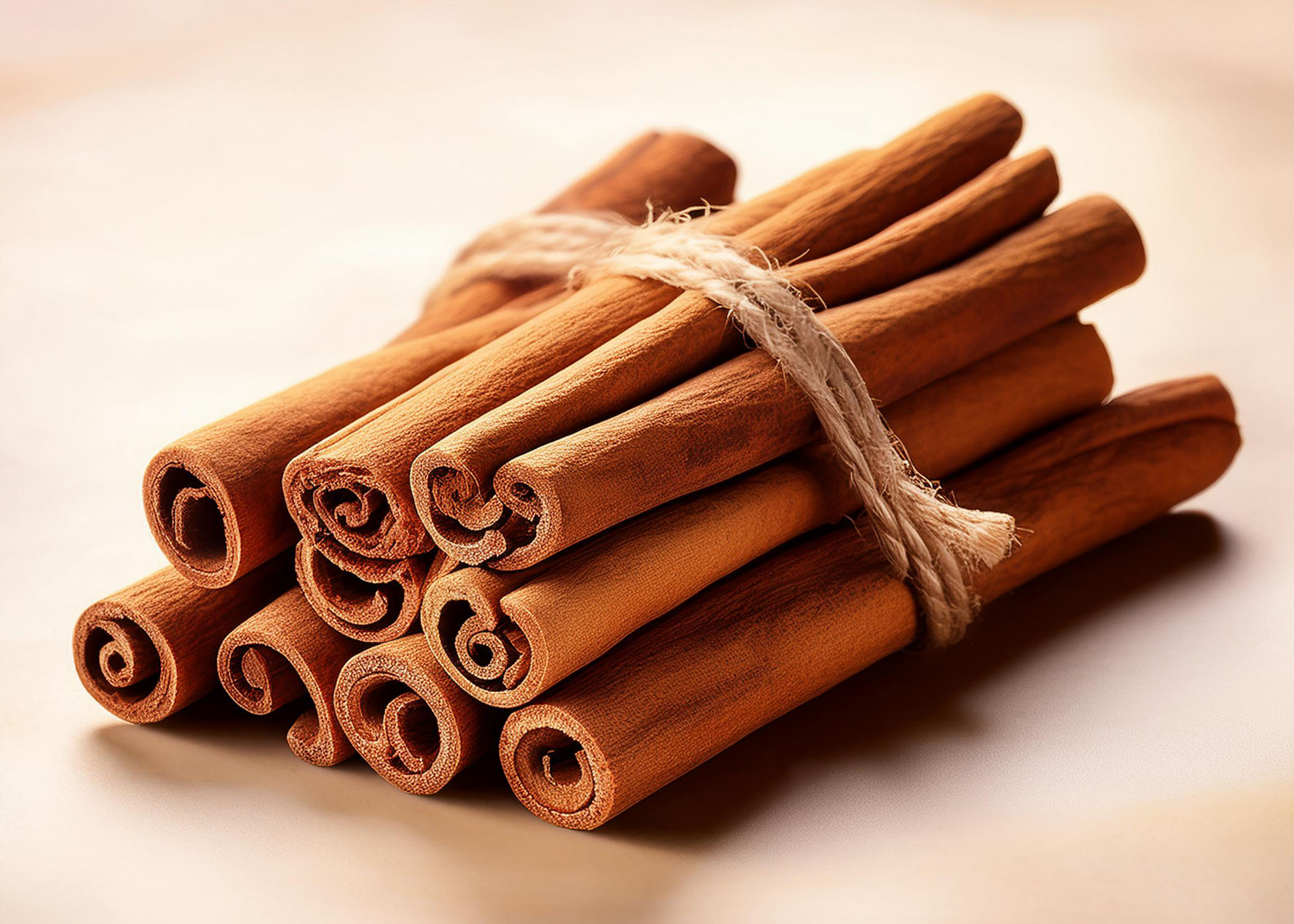Botanical Name: Cinnamomum verum
Ceylon cinnamon, often referred to as “true cinnamon,” is a highly prized variety of cinnamon native to Sri Lanka and southern India. It is considered the most delicate and refined form of cinnamon, distinguished by its sweet, mild flavor and soft, crumbly texture. Ceylon cinnamon is often preferred in culinary applications where a more nuanced, subtle spice is desired, compared to the stronger, more robust flavor of the more common Cassia cinnamon.
Ceylon cinnamon sticks are lighter in color, typically a tan or light brown, and have thin, delicate layers that roll into multiple layers, giving them a characteristic “quill” shape. These quills are easily broken or ground into powder. The flavor of Ceylon cinnamon is sweet, citrusy, and mildly spicy, with floral undertones. It is significantly less pungent than Cassia cinnamon, making it ideal for both sweet and savory dishes where a more balanced cinnamon flavor is preferred.
Ceylon cinnamon is highly valued in baking, beverages, and both sweet and savory dishes. In desserts, it is commonly used in cakes, pastries, and cookies, where its gentle sweetness complements sugar, chocolate, and fruits like apples, pears, and bananas. Ceylon cinnamon is also a popular spice in spiced teas and coffees, particularly in drinks like chai or spiced lattes, where its delicate warmth enhances the flavors of cardamom, clove, and ginger.
In savory dishes, Ceylon cinnamon is a key ingredient in Middle Eastern and Indian cuisines. It is often used in curry powders, garam masala, and tagines, where it adds depth without overwhelming the other spices. In Sri Lankan cooking, Ceylon cinnamon is used in spice blends like curry powder and in braised meats and stews. The mild spice of Ceylon cinnamon also pairs well with rice dishes and can be added to marinades for meats like lamb and chicken.

